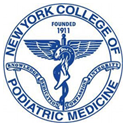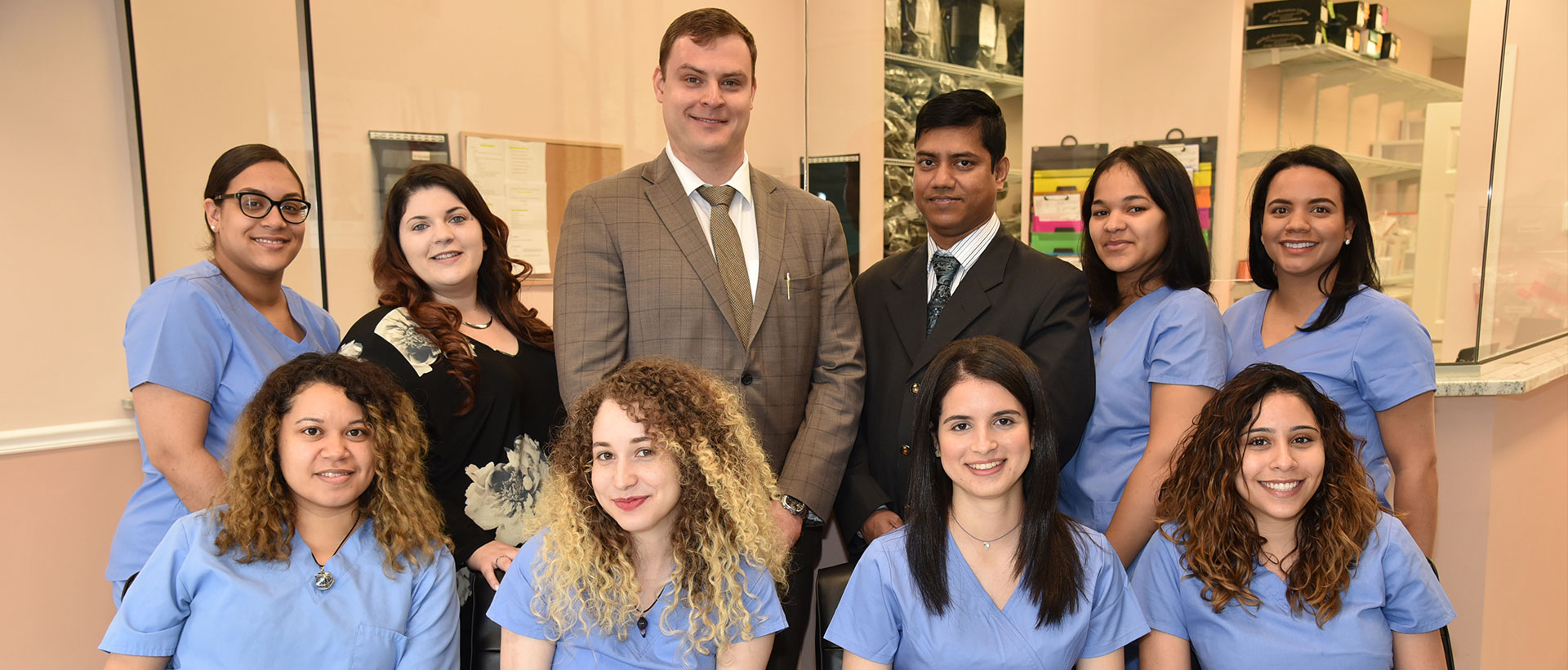Heel spurs are a common foot condition characterized by bony outgrowths that typically occur in the heel area. These spurs form as a result of calcium deposits over time and often accompany the condition known as plantar fasciitis. While heel spurs can be asymptomatic for some individuals, they can lead to acute pain, discomfort, and other foot-related issues for others. In this comprehensive article, we will explore the intricacies of heel spurs, their symptoms, effective treatment options, and address common questions surrounding this condition.
About Heel Spurs
Heel spurs are small, bony projections that develop on the bottom of the heel bone or occasionally on the back of the heel. They typically form in areas subjected to constant pressure, causing the body to produce calcium deposits over time as a natural response to stress. Heel spurs are often associated with the condition called plantar fasciitis, which involves plantar fascia inflammation—a fibrous band of tissue that connects the heel bone to the ball of the foot. However, it’s important to note that not all individuals with heel spurs experience symptoms, and some may have them incidentally without any pain or discomfort.
People engaged in high-impact activities, such as athletes who frequently run and jump, are more prone to developing heel spurs. Additionally, individuals who spend extended periods standing on hard surfaces or those with high foot arches, diabetes, or excess weight may also be at a higher risk of experiencing heel spurs.
Common Symptoms of Heel Spurs
Heel spurs can cause a variety of symptoms, and the severity can vary from person to person. Some individuals with heel spurs may remain asymptomatic, while others experience the following common indications:
- Heel Pain: The most prevalent symptom of heel spurs is sharp or stabbing pain in the bottom of the heel. The pain is often most intense when taking the first steps in the morning or after periods of rest.
- Discomfort with Walking: Walking or standing for extended periods can exacerbate the pain and discomfort associated with heel spurs.
- Inflammation and Swelling: The affected area around the heel spur may become inflamed and swollen due to irritation and pressure.
- Tenderness: The heel area may feel tender to the touch, especially in the region where the heel spur is located.
How To Treat Heel Spurs
The treatment of heel spurs focuses on managing symptoms, reducing inflammation, and addressing the underlying cause, especially if associated with plantar fasciitis. While not all heel spurs require treatment, those experiencing discomfort can benefit from the following interventions:
- Orthotic Devices: Wearing orthotic shoe inserts or heel cups can help provide cushioning and support to the affected area, reducing pressure on the heel spur.
- Supportive Footwear: Opt for well-fitted, supportive footwear with ample cushioning and shock absorption to alleviate pressure on the heel.
- Stretching Exercises: Regularly perform calf stretches and foot exercises to improve flexibility and reduce strain on the plantar fascia and heel.
- Physical Therapy: Seeking guidance from a physical therapist can help develop a personalized treatment plan to address heel spur symptoms effectively.
- Rest and Ice: Taking rest breaks and applying ice to the affected area can help reduce inflammation and alleviate pain.
- Medications: Over-the-counter nonsteroidal anti-inflammatory drugs (NSAIDs) can help manage pain and inflammation, but it’s essential to consult a healthcare professional before using any medication.
- Cortisone Injections: In severe cases with significant inflammation and pain, cortisone injections may be recommended to reduce discomfort.
- Extracorporeal Shockwave Therapy (ESWT): This non-invasive procedure uses shockwaves to stimulate healing and alleviate pain associated with heel spurs.
- Night Splints: Wearing a splint at night can help stretch the plantar fascia and alleviate morning pain.
- Surgery: In rare cases when conservative treatments fail to provide relief, surgical removal of the heel spur may be considered. However, surgery is typically reserved for severe and persistent cases.
Heel Spur FAQs
Are all heel spurs painful? No, not all heel spurs cause pain. Some individuals may have heel spurs incidentally without experiencing any symptoms.
Can heel spurs heal on their own? Heel spurs themselves may not disappear on their own, but symptoms can improve with appropriate treatment and self-care.
Are there any risk factors for developing heel spurs? Yes, engaging in high-impact activities, having high foot arches, diabetes, being overweight, and prolonged standing on hard surfaces can increase the risk.
Can heel spurs be prevented? While not all cases can be prevented, wearing supportive footwear, practicing foot stretches, and maintaining a healthy weight can reduce the risk of developing heel spurs.
Can I continue exercising with heel spurs? It depends on the severity of your symptoms. Low-impact exercises that do not aggravate the heel can be considered, but it’s essential to consult with a healthcare professional for personalized advice.
How long does it take to recover from cortisone injections for heel spurs? Recovery time can vary, but some individuals experience relief within a few days to a week.
Can orthotics help with heel spurs? Yes, orthotic shoe inserts can provide support and cushioning, reducing pressure on the heel spur and relieving discomfort.
Is ESWT painful? ESWT is a non-invasive procedure, and most individuals tolerate it well. Some may experience mild discomfort during the treatment.
Can plantar fasciitis be treated along with heel spurs? Yes, plantar fasciitis and heel spurs are often interrelated. Treating plantar fasciitis can help alleviate symptoms associated with heel spurs.
Is surgery the only option for severe heel spurs? Surgery is typically considered when conservative treatments fail to provide relief or in cases of persistent and severe symptoms. However, it is not the first line of treatment and is only recommended after thorough evaluation and discussion with a healthcare professional.
Heel spurs are a common foot condition characterized by bony outgrowths that can lead to pain and discomfort in the heel area. While not all heel spurs cause symptoms, individuals experiencing discomfort can benefit from various conservative treatment options, such as orthotic devices, supportive footwear, exercises, physical therapy, and medication. Seeking professional medical advice is crucial for accurate diagnosis, personalized treatment, and effectively managing heel spur-related symptoms. Early intervention and preventive measures can help individuals lead an active and comfortable lifestyle, free from the limitations of this foot condition.















